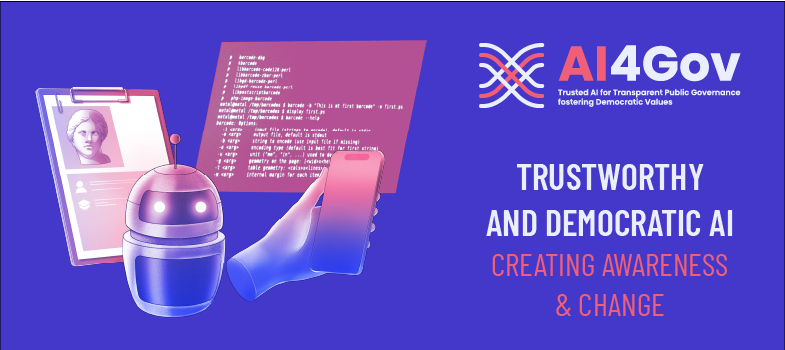Module 2: Real-Life Examples of Bias
In Module 2, we cover the following Lessons:
Lesson 2.2: Bias in Criminal Law - The Case of COMPAS
Lesson 2.3: Bias in the Healthcare System - The Case of Predictive Algorithms
Lesson 2.4: Bias in Hiring Algorithms - The Case of Amazon and Beyond
Lesson 2.5: Bias in Government Fraud Detection Systems - Cases in the UK and Netherlands
LESSON 2.3: BIAS IN THE HEALTHCARE SYSTEM - THE CASE OF PREDICTIVE ALGORITHMS
In 2019, researchers discovered racial bias in a widely used algorithm designed to predict which patients in U.S. hospitals would require additional medical care. This algorithm, intended to allocate extra resources to high-risk patients, disproportionately favored white patients over Black patients, reducing the likelihood that Black patients in need would receive the additional care they required (Obermeyer et al., 2019).
The issue stemmed from the algorithm’s reliance on past healthcare costs as a proxy for patients’ future healthcare needs. However, healthcare spending does not accurately reflect patient health needs across racial lines. Due to systemic inequalities, Black patients often incur lower healthcare costs than white patients with similar health conditions, not because they are healthier, but because of limited access to care and other socioeconomic barriers. Consequently, the algorithm mistakenly concluded that Black patients were healthier than equally sick white patients, reducing the number of Black patients identified for additional care by more than half.
The developers of the algorithm had not initially accounted for this discrepancy, unaware of how closely healthcare spending is linked to race. Once the bias was uncovered, the researchers and the health services company behind the algorithm collaborated to address the issue, ultimately reducing the bias by 80%.
This example illustrates how bias can inadvertently enter healthcare algorithms when using proxies like healthcare costs, which are influenced by systemic inequalities. The case highlights the importance of scrutinizing which data points are used and how these might unintentionally perpetuate existing biases. By examining and modifying algorithms thoughtfully, the healthcare industry can work toward more equitable treatment, ensuring that all patients receive the care they need based on health status rather than historical spending patterns.
Jee, C. (2019). A biased medical algorithm favored white people for health-care programs. MIT Technology Review. Link
